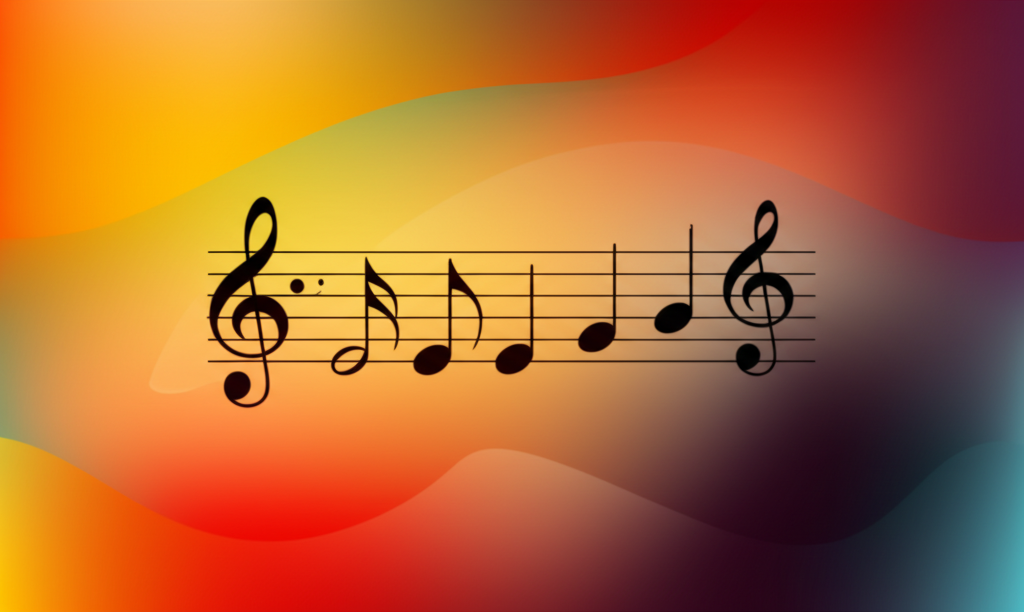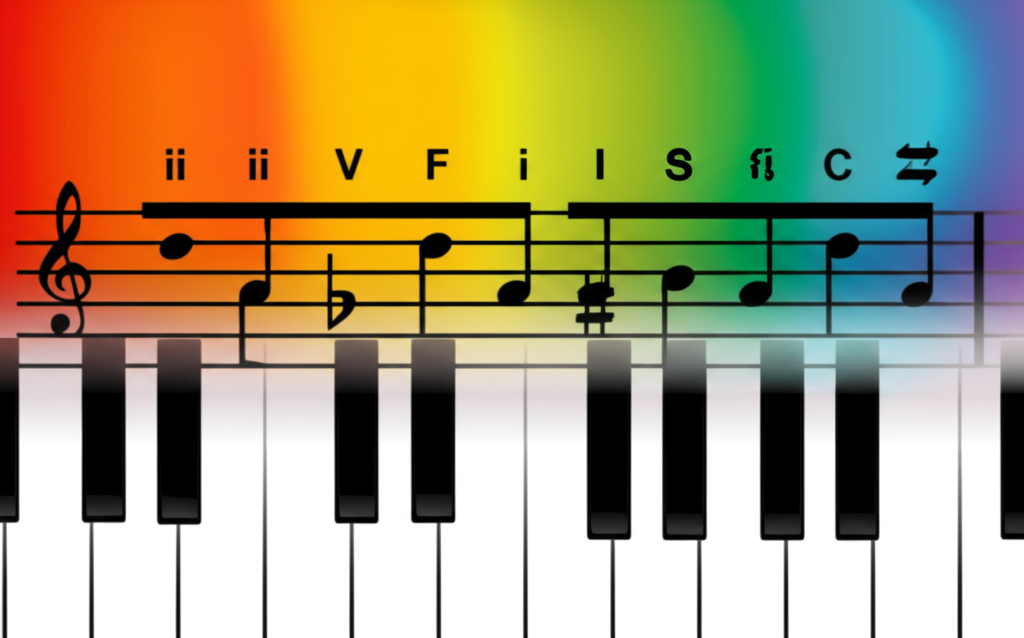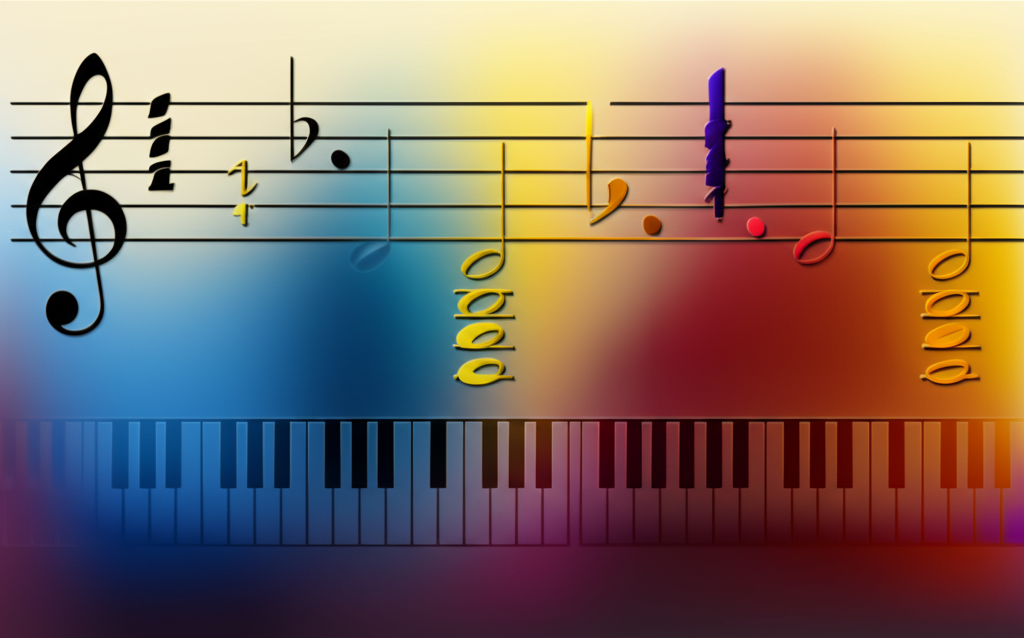
I-V-vi-IV Progression

b4n1
May 25, 2025, 2:22 a.m.
Understanding the I-V-vi-IV Progression
The I-V-vi-IV progression is arguably the most popular chord sequence in modern pop music. This four-chord pattern has been the backbone of countless hit songs across multiple decades and genres, earning it the nickname "the pop progression."
Structure and Function
The progression consists of four chords with specific harmonic functions:
- I chord: Tonic - provides stability and home base
- V chord: Dominant - creates tension and forward motion
- vi chord: Relative minor - adds emotional depth
- IV chord: Subdominant - provides resolution back to tonic
Example in C Major
In the key of C major, the progression is:
- C major (I): C-E-G
- G major (V): G-B-D
- A minor (vi): A-C-E
- F major (IV): F-A-C
Why It Works So Well
This progression is effective because:
- Smooth voice leading: Common tones connect the chords
- Balanced tension: Perfect mix of stability and movement
- Emotional journey: Happy-bright-sad-hopeful cycle
- Circular nature: IV resolves naturally back to I
Famous Songs Using This Progression
Countless hits have used this progression:
- "Don't Stop Believin'" - Journey
- "Let It Be" - The Beatles
- "Someone Like You" - Adele
- "With or Without You" - U2
- "Complicated" - Avril Lavigne
- "Where the Streets Have No Name" - U2
Variations and Substitutions
Common variations include:
- Different orders: vi-IV-I-V (very popular alternative)
- Added extensions: Major 7ths, sus chords, add9 chords
- Bass movement: Inversions that create smoother bass lines
- Rhythm changes: Different chord durations and patterns
The vi-IV-I-V Alternative
Starting with vi creates a different emotional impact:
- Am-F-C-G: Begins with minor, more melancholic
- Examples: "Zombie" by The Cranberries, many ballads
- Effect: Creates longing that resolves to brightness
Genre Applications
This progression appears in various styles:
- Pop rock: Driving rhythms with power chords
- Ballads: Slower, more emotional presentations
- Country: Often with acoustic guitar fingerpicking
- Folk: Simple strumming patterns
- Electronic: Synthesized versions in dance music
Playing Techniques
Common ways to play this progression:
- Open chords: Standard guitar chord shapes
- Barre chords: For different keys and fuller sound
- Piano voicings: Various inversions and spreads
- Arpeggiation: Breaking chords into flowing patterns
Songwriting with I-V-vi-IV
Tips for using this progression creatively:
- Vary the rhythm: Change how long each chord lasts
- Add melody: Strong melodies can make it feel fresh
- Change the bass: Use inversions for different feels
- Modulate keys: Move the progression to different keys
- Break the pattern: Occasionally use different chords
Theoretical Analysis
From a music theory perspective:
- Circle of fifths: Follows strong root movement patterns
- Modal interchange: vi chord borrowed from parallel minor
- Plagal cadence: IV-I creates "Amen" cadence feeling
- Deceptive resolution: V-vi avoids expected V-I resolution
Cultural Impact
The progression's cultural significance:
- Axis Progression: Music theorists' name for it
- Pop ubiquity: Foundation of modern songwriting
- Criticism: Some consider it overused
- Evolution: Continues to evolve in new contexts
Whether you love it or find it overused, the I-V-vi-IV progression remains one of the most powerful tools in popular music composition.



